
Everything you need to know about caring for
your new family member

Congratulations on welcoming your new puppy
into your home! Whether you are young or old, a new
addition to the family is always exciting.
The Petcover Team
Owning a puppy can be rewarding yet challenging. When raising your puppy, you must
ensure that you provide a healthy and safe environment with regular veterinary care.
This guide provides useful information and tips on caring for your puppy during the early
days and beyond, with insights on everything from vaccinations to toilet training. It oers
guidance on the challenges you may experience with your new puppy. Being responsible
for a puppy can be overwhelming. By making informed decisions, you can shape them
into condent dogs.
Please seek veterinary advice regarding any further information or recommendations.

New puppies
Puppy milestones
Settling in
Preparing your home
Puppy checklists
Feeding
Puppy cusine
What NOT to feed your Puppy
Training
Toilet and leash training
Puppy obedience school
Become a puppy whisperer
Health
Vet health checks
Common injuries and diseases
Regular health checks
Caring
Grooming
FAQ
2
5
6
9
10
12
16
19
21
22
25
27
28
Contents
1
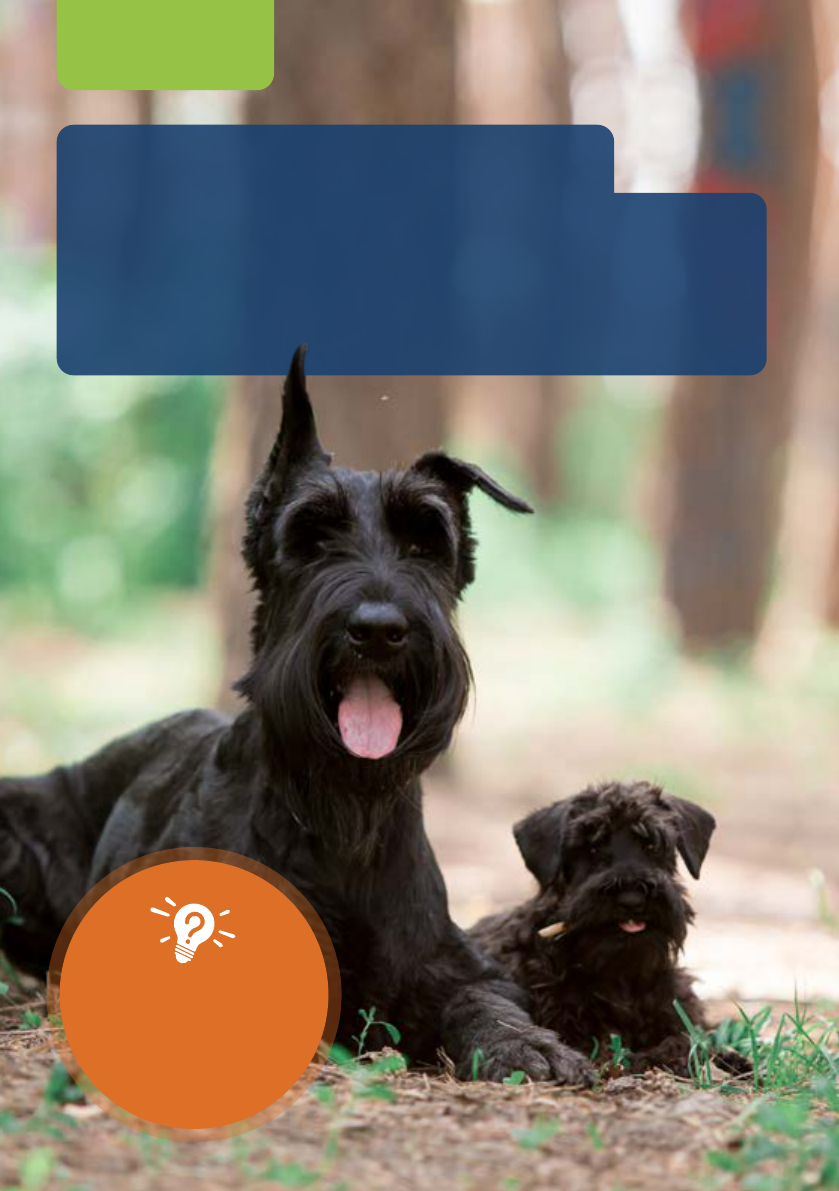
New puppies
Did you know…
Puppies spend 15-20
hours sleeping per day.
Puppy milestones
Your puppy will experience many different stages
on its journey to becoming a grown adult dog.
These are some of the significant milestones your
puppy will go through:
2
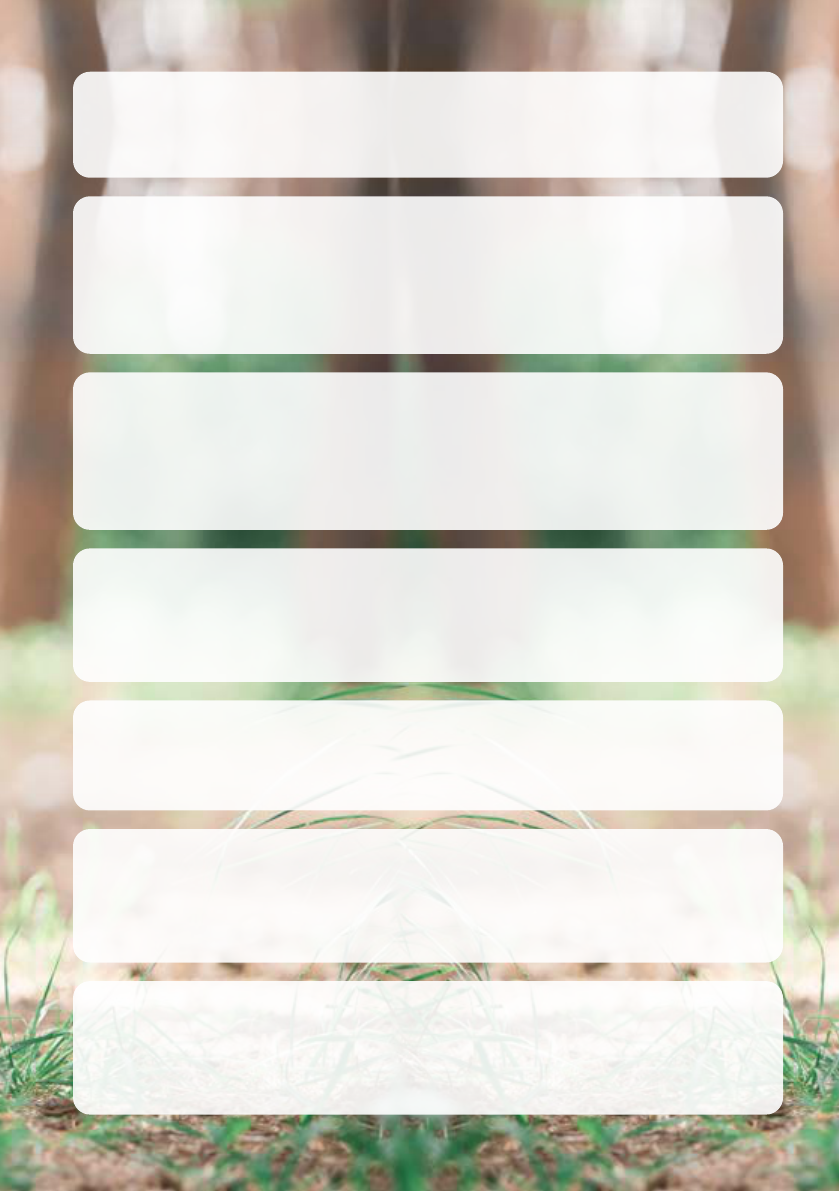
Welcome to the world! Your newborn puppy is born blind and
deaf, making it helpless and solely dependant on its mother up
until three to four weeks old.
Newborn
Your puppy’s eyes and ears start to fully open and form; they
will even start to walk and bark. Puppies mostly eat solid foods
and should be fed three times a day. At ve to seven weeks your
puppy’s brain will reach physical maturity. It is also time to start
their vaccination programme and to consider pet insurance.
to
weeks
Now puppies are ready for their new family and home. Have a
look at the puppy shopping list on page 7 to ensure you have
everything ready. At this stage, it’s time to start to toilet and leash
training your puppy. It’s a good time to take your puppy to puppy
preschool so they can learn to socialise and communicate.
to
weeks
They should be fully settled and familiar with their lifestyle and
environment. Around 14-16 weeks, your puppy should have
received all their vaccinations, and their permanent teeth will
begin to come through.
to
months
Once fully vaccinated, your puppy is ready for the world, they
should also be more responsive to training and interacting with
other dogs. You can now reduce your puppy’s feeds to twice daily.
to
months
From six-months-old, some breeds will start to slow their bone
growth. Puppies usually get neutered at six-months-old. Talk to
your local vet to get advice about when your puppy is ready, as
all puppies are dierent.
to
months
Your puppy is now considered an adult! Provide them with the
right nutrition, regular health checks and loads of love. Switch
their food to adult dog food to ensure you are fullling their
nutritional needs.
months
onwards
3
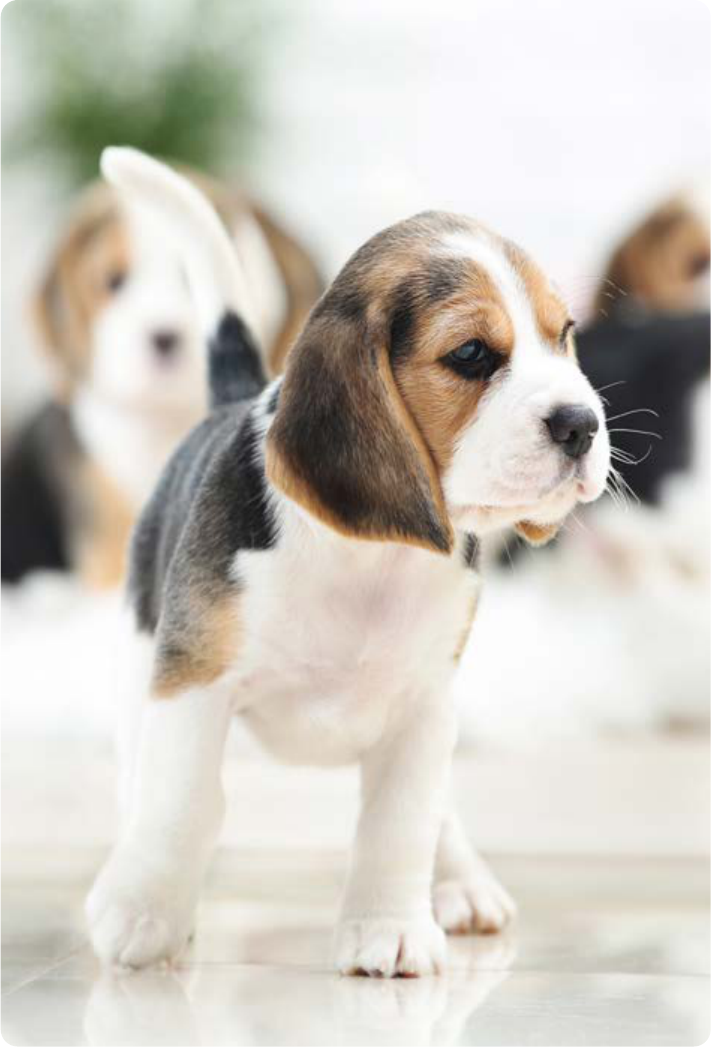
4

Settling in
Preparing your home
To ensure a smooth transition, preparing in advance
will help your puppy feel comfortable and safe in their
new home.
Before your puppy arrives:
• Prepare your puppy’s bed and
sleeping area to help them feel
safe and comfortable during the
transition. This will also help with
initiating a routine when it comes
to sleeping, feeding and
toilet training.
• Remove any dangerous
obstacles and check for hazards.
Anything accessible on the oor
such as electrical cords, chemicals
or toxic plants may cause a risk to
your puppy.
• Your puppy will need fresh food
and water daily with separate
bowls. Keep it in a place that is
easily accessible to them.
Their rst 24 hours
The rst day can feel exciting but
daunting for everyone. Your puppy
may be timid or scared at rst, but
they will start to feel comfortable
once they get to know their
new home.
Do not overcrowd them; let them
explore but watch closely and slowly
introduce them to other pets and
people. Children and puppies can be
the best of friends. However, keep calm,
let the puppy approach you and hold
them gently. When introducing your
puppy to your other pets, allow them
to interact slowly to stop them from
being territorial. Ensure all your pets
have separate beds and food bowls to
reduce the risk of feeling threatened.
5

Settling in
Screen o open replaces.
Check for loose oorboards.
Remove any tiny objects that could
be swallowed, such as elastic bands.
Remove any poisonous houseplants
such as sago palms, ivy, rubber tree
plants and lantana.
Install a dog gate on the stairs.
Place electric cables out of reach.
Store children’s toys out of reach.
Remove newspapers and
magazines from the oor otherwise
the puppy may think they are for
toilet training.
Puppy-proof your house
6
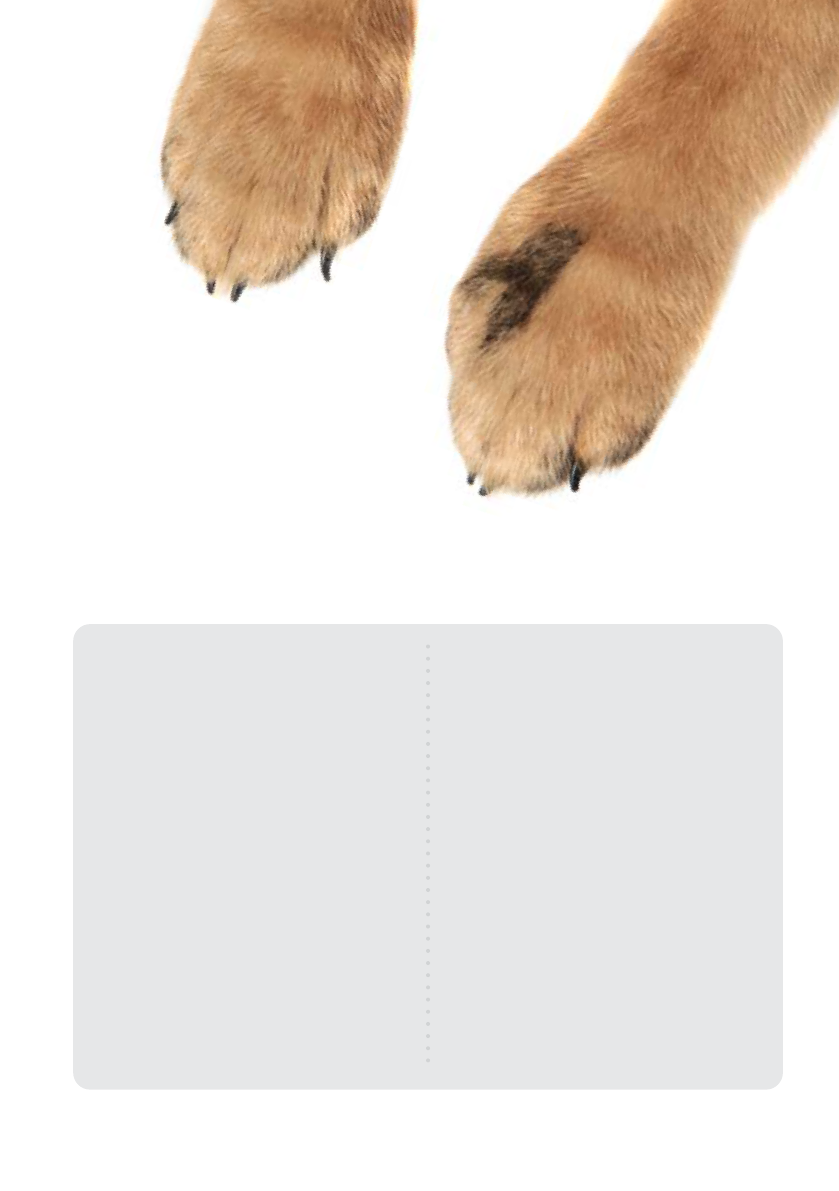
Puppy shopping list
Extras:
Hot water bottle
Chew items
Activity/squeaky toys
Treats
Brush, comb, and nail clippers
Shampoo and conditioner
Cleaning wipes, waste bags
Essential items:
Dog bedding and blanket
Food and water bowls
Puppy food
Collar and lead
Dog crate or kennel
Puppy pads
Flea, tick, and worming treatments
Pet insurance
7
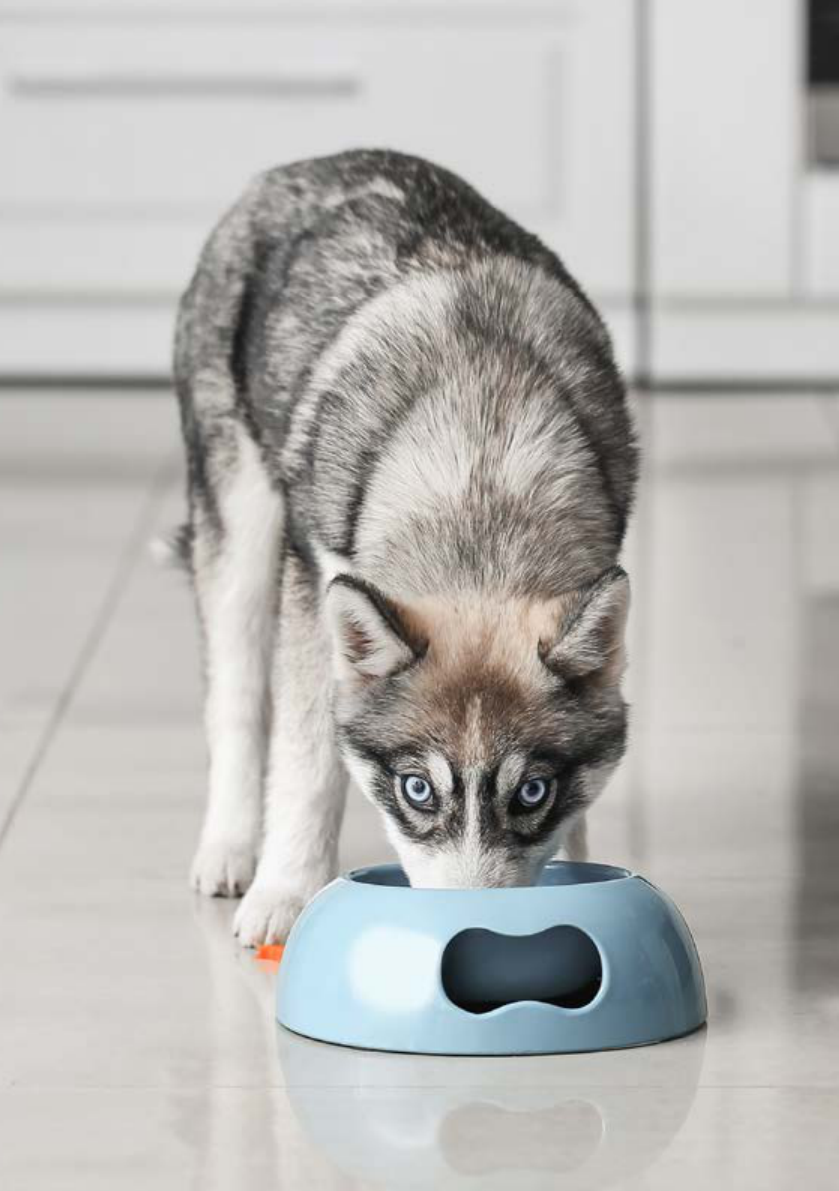
8
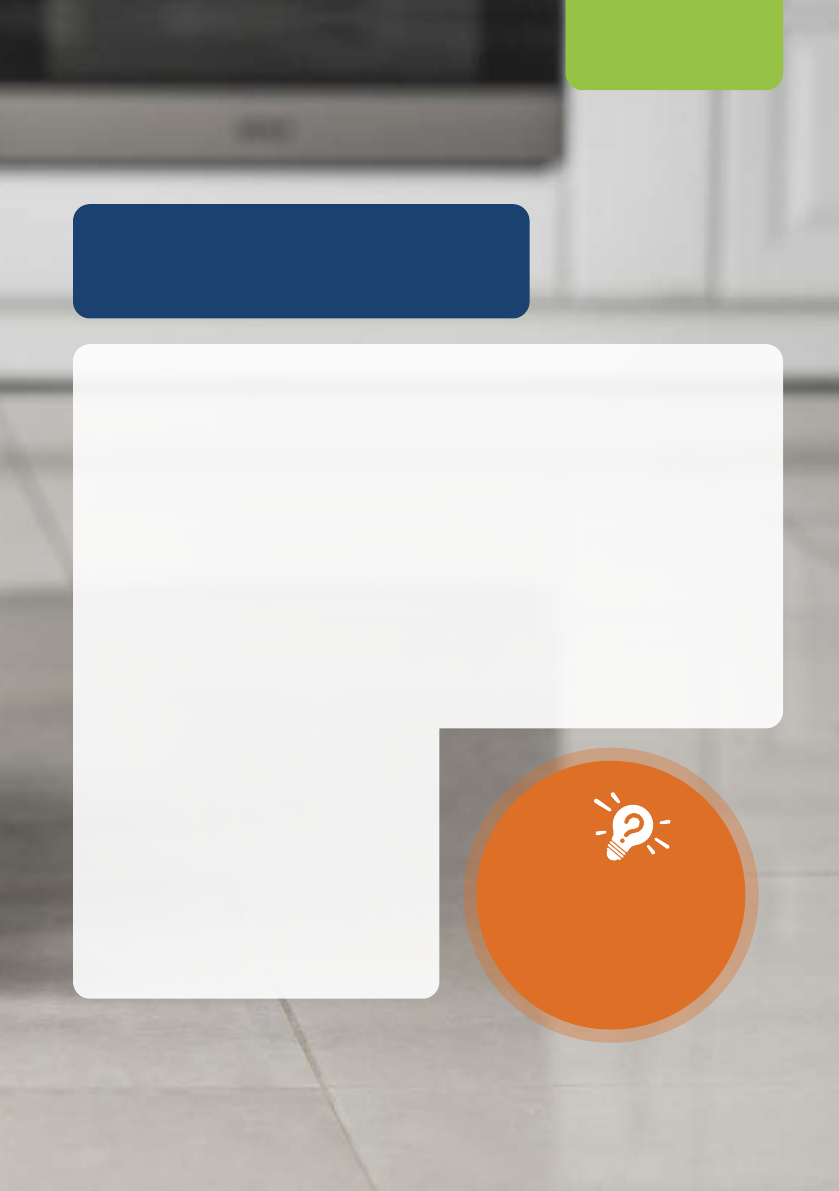
Feeding
Puppy cuisine
What should I feed my puppy?
Choosing the right food is vital for the
growth and health of your new puppy.
Continue to feed your puppy the same
food given to them by the breeder for
the rst few weeks. If you wish to change
their diet, make sure you slowly introduce
a new food. Have a two-week plan for
gradually changing your puppy’s diet; this
will reduce the risk of an upset stomach
or diarrhoea.
Committing to a strict diet will help
reduce any diet-related health problems,
such as obesity or diabetes. Make sure
you remember to keep track of how
many snacks and treats you are giving
your puppy. Giving your puppy hard
chews or bones can damage their jaws
and is not advised. For recommendations
on suitable food for your puppy, talk
to your vet or local pet shop. Be sure to
purchase food specically for a puppy
and always check the age requirements
and ingredients.
How often should I feed
my puppy?
During the puppy’s developmental
stages, providing them with the right
nutrition is very important. A puppy
between the ages of six to 10 weeks old
should be feed at least four meals a day.
Once they reach ten weeks old, drop
feeding down to three times a day and
twice a day once they are four months
old. Any further recommendations can
be found on the puppy food label or ask
your vet.
Did you know…
Obesity is the number
one health problem
in dogs.
9
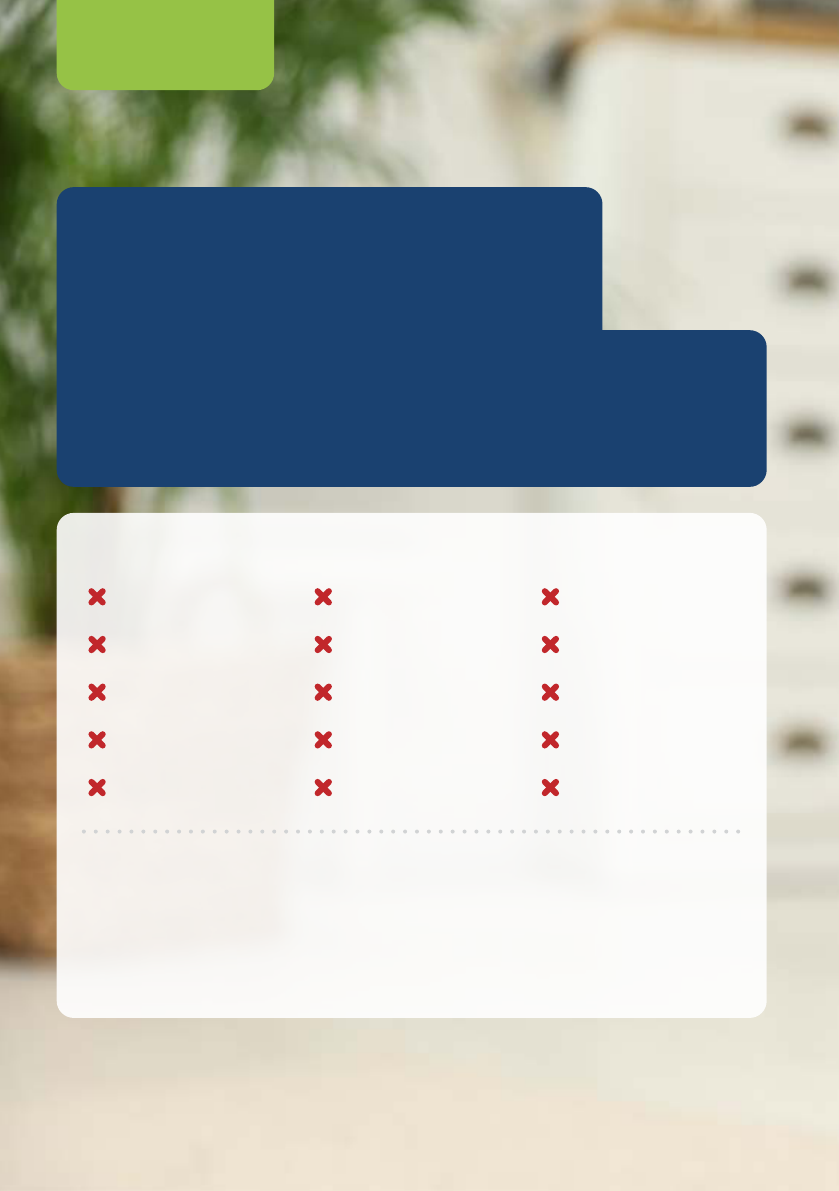
Feeding
Your puppy should not eat any of these foods:
What NOT to feed
your puppy
Puppies are known to love human food and can easily
consume the wrong foods. Keeping certain foods out
of their diet is vital to their health.
Some of these food items can cause serious issues, such as kidney or liver damage,
digestive problems, vomiting and diarrhoea. We recommend having some healthy
treats ready when they look at you with puppy dog eyes.
As puppies and dogs enjoy having human food, they may ingest something toxic
and dangerous. Accidents or illnesses can result in expensive veterinary fees.
× Chocolate
× Grapes and raisins
× Ham or fatty meat
× Bones
× Milk & cheese
× Walnuts
× Macadamia nuts
× Alcohol
× Spicy food
× Avocado
× Onion
× Garlic
× Unripe tomatoes
× Mushrooms
× Coee and tea
10
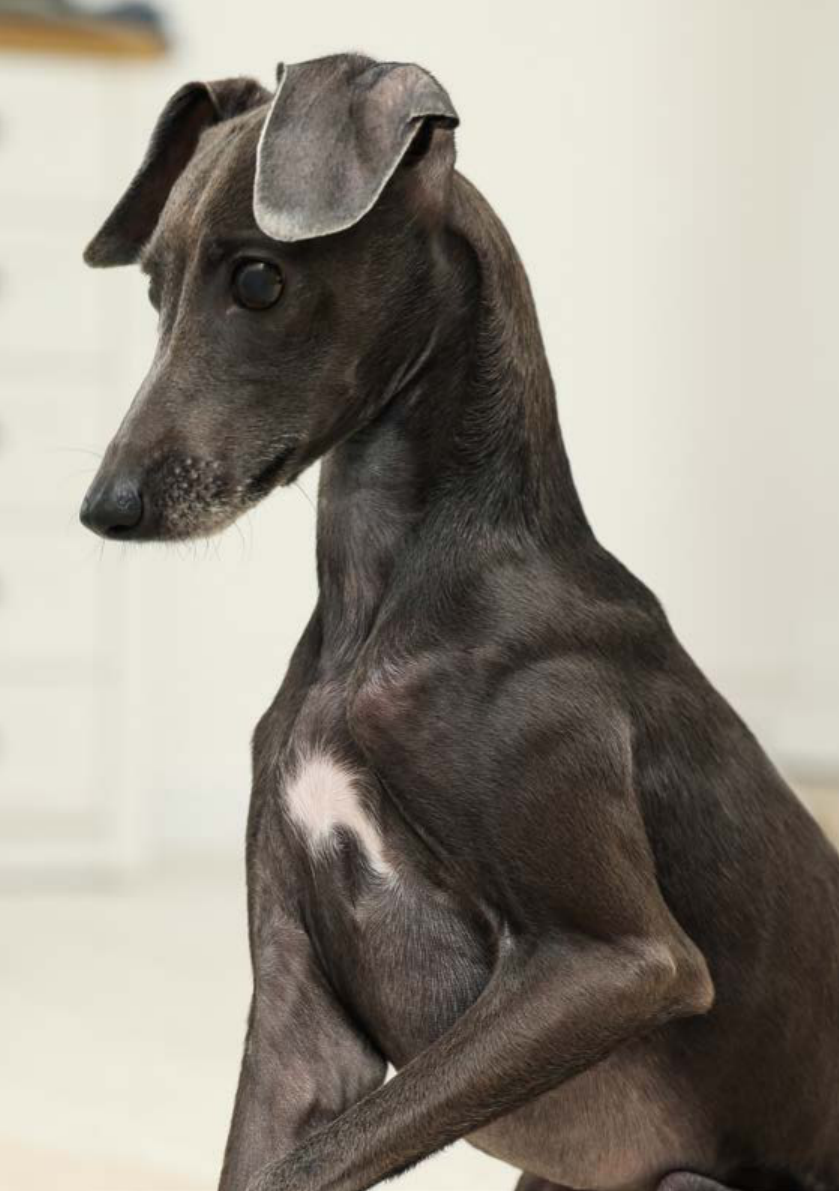

Training
Toilet training
Accidents will happen, so use these simple steps
to ensure your puppy relieves itself in the right place.
The good news is your puppy inherits an aversion to
fouling their resting areas; they only need learning
opportunities to develop this instinct further.
12
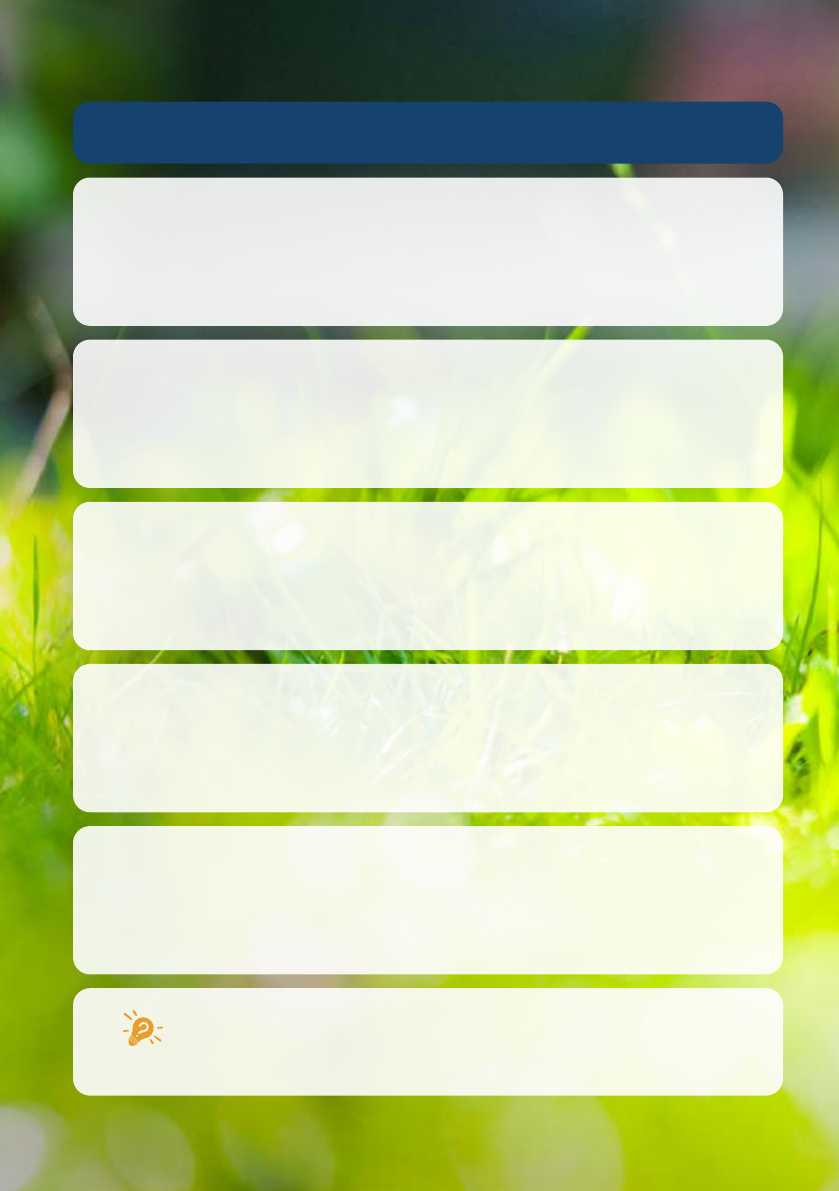
Here are 5 steps to ensure your puppy succeeds:
5
While putting newspaper or training pads on the floor is useful for
cleaning, if your puppy learns them as a preference, you will have to
transfer the association. Put training pads or paper down where you
want your puppy to go to the toilet, gradually reducing the amount
once toileting in the desired location becomes established.
4
At first, your puppy will have limited bladder control, and it will
need to relieve itself during the night. Plan to go to bed late and get
up early, and you may also need to get up during the night. As their
ability to wait develops, you can progress to extended periods.
3
Allow your puppy to relieve itself at least every two hours when
they are awake. If your puppy is restless, starts sniffing the floor,
circling, squatting or crouching, lift them up and take them to where
you wantthem to toilet; if they are old enough, encourage them to
walk there with you.
Take your puppy to the area you want them to use for toileting
to develop the association between that surface and the rewarding
pleasure of relief; praise from you will be a bonus. The best times to
do this are when they wake up, finish eating or are excited.
When you can’t supervise, accustom your puppy to an indoor kennel,
puppy pen or small, chew-proof area. It will help because of the
inherited tendency to keep the resting areas clean.
Successful training depends on frequent occasions to go toilet where
you want them to, and as little opportunity as possible for toileting
where you do not want them to.
Remember
13

Training
Leash training
Walking on the lead can sometimes be challenging,
but with regular practice, your puppy will be walking
in-line in no time. It is best to start using a lead while
they are a puppy, putting them on the lead will also
help with toilet training.
Getting used to the lead will allow your puppy to
feel comfortable when they are on a walk. Always
reward good behaviour with positive feedback or
healthy treats.
• Do not yank or drag your puppy when
it is on the lead.
• Let your puppy wear a collar/harness
and leash inside before going outdoors.
• Try to redirect your puppy if they are
distracted by other animals.
• Start with small training sessions to
become familiar.
• Always praise good behaviour while
on the lead.
• Start with keeping a short leash to
teach them to walk by your side.
Here are some tips to get your puppy to behave on a leash:
14
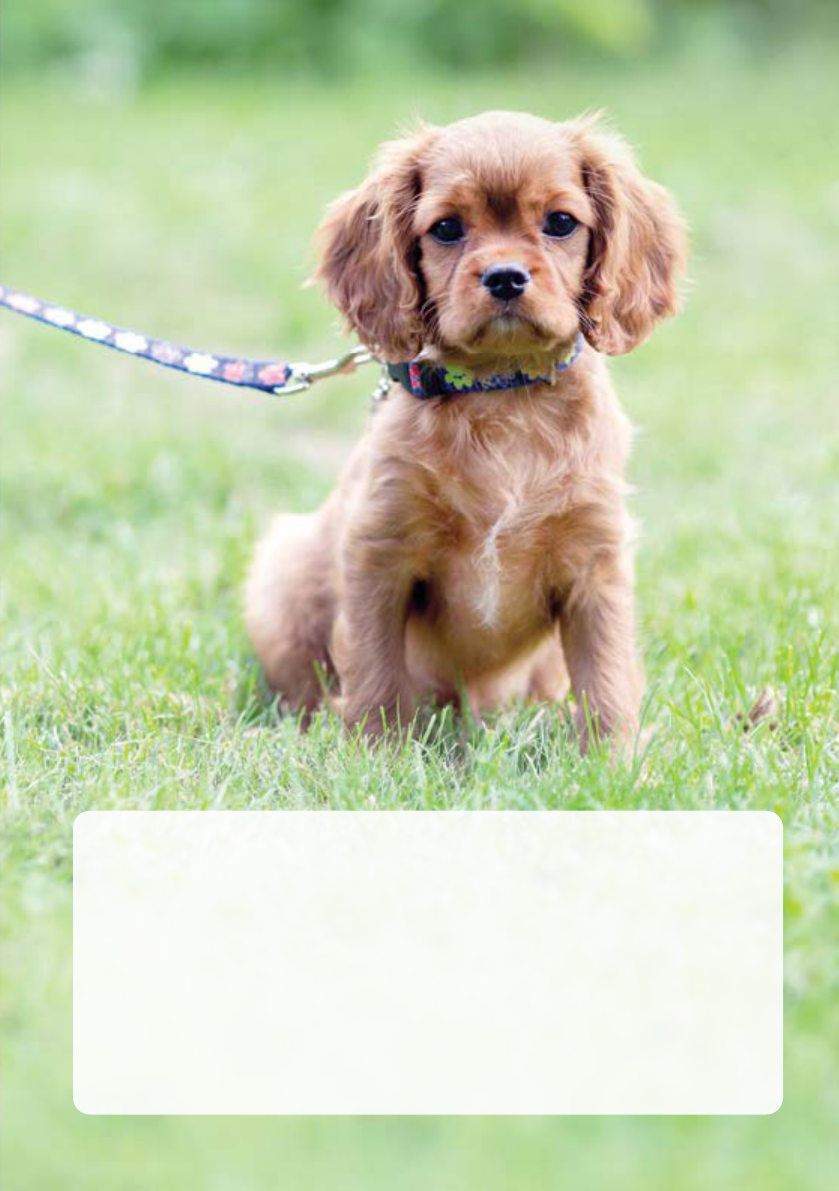
How often should I
exercise my puppy?
Although puppies will require much
less exercise than an adult dog, it is
still crucial for their mental and physical
well-being. During your puppy’s growth
stage, you should be conscious that their
bones and joints are still growing, and
too much exercise can lead to exhaustion
and joint damage.
All breeds will require a varied amount
of exercise, at least once or twice a day.
Your puppy’s exercise regime should
gradually be increased by ve-minute
increments each month. For example,
a three-month-old puppy will require
15 minutes of exercise per day and 20
minutes at four months of age. Continue
to slowly increase the number of minutes
as they reach each growth milestone.
15
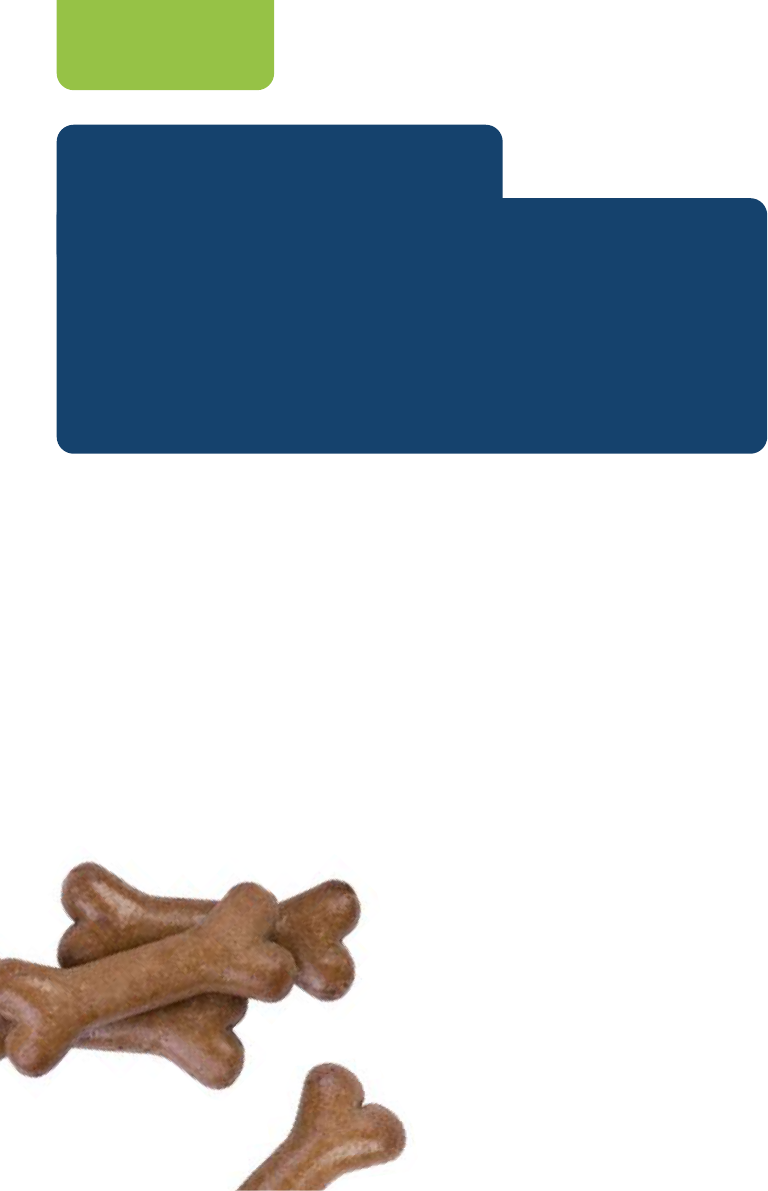
The ‘sit’ and ‘down’ command
Hold a tiny treat above your puppy’s
nose, and it will naturally sit. Lower the
treat to the oor, and your puppy will
go down as well. Deliver the commands
‘sit’ or ‘down’ rmly – don’t use your
puppy’s name. Only release the food on
completion of the position. Repeat each
exercise three times in one lesson, with
at least three sessions daily.
The ‘come’ command
Say your puppy’s name, followed by
‘come’. If the puppy runs to you, reward
it with a treat. Running backwards as it
begins to run at you makes it more fun
and is less overbearing for the puppy.
The ‘stay’ command
Show a second treat and use the
command ‘stay’, then move about a
foot away for a second, then go back
and reward. The puppy doesn’t realise
you moved away and back. Gradually
extend the time to ve, 10 and 15
seconds before returning to reward.
Keep the puppy on a lead for the ‘stays’
and remember to praise as you give them
the reward. In due course, only use food
occasionally; a verbal reward will suce.
Training
Puppy school
Socialisation is the most important part of a puppy’s
development and is critical to becoming a balanced,
obedient adult. Your puppy is most impressionable
at the age of ve to 13 weeks. In preparation for
puppy or obedience school, there are a few initial
training methods to learn.
Some training you can do at home include:
16
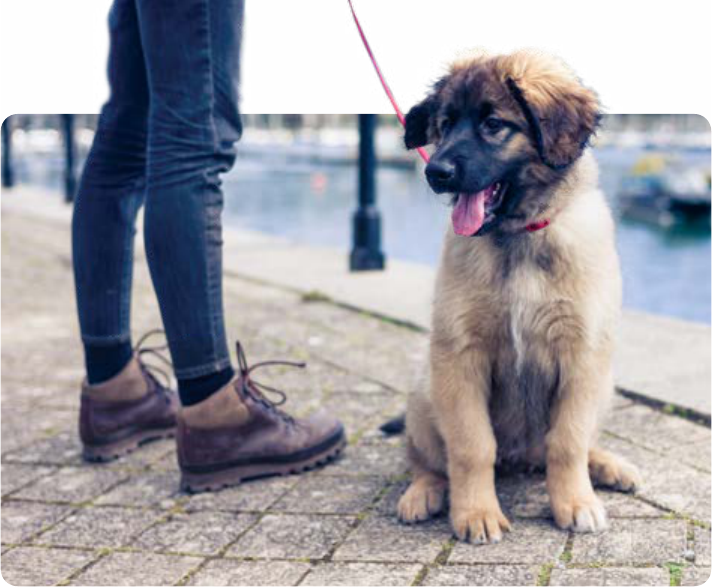
Attending puppy school
After all vaccinations are complete,
your puppy can now fully interact
with other dogs and people. Puppy
or obedience training schools can
make a positive dierence to your
puppy’s behaviour.
Learning basic obedience is essential
for your puppy to mature into a well-
mannered adult dog.
To choose a good trainer or obedience
school, check with your vet and friends
for recommendations on what is
available in your local area.
What will your puppy learn?
• How to interact and communicate
with people and other dogs to build
their social skills.
• To get used to everyday noises,
ensuring they don’t get distressed.
• How to be more condent and
comfortable with others which will
help them adjust to your family.
• Learning good manners and
behaviour such as reacting on
cues: sit, stay, come, lead walking
and toilet training.
17
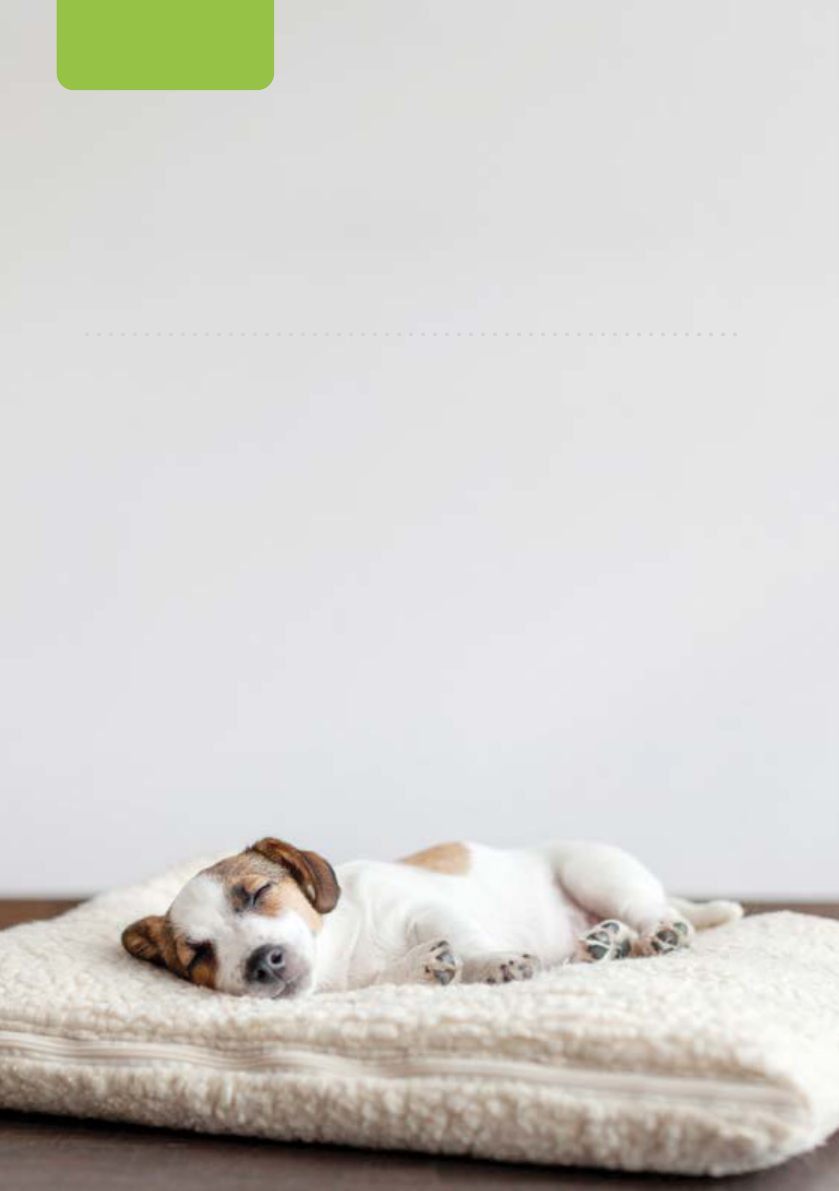
Training
Separation anxiety
Your puppy must learn how to be alone to grow up
to be confident, independent dogs that does not
develop separation anxiety.
Separation anxiety manifests itself
in several ways. Dogs can become
destructive, defecate indoors, excessively
salivate, pant and pace, or bark and howl,
with early training, this is preventable.
Learning to be alone, and to rely on their
environment for their sense of security,
is as important for puppies as being
well socialised. Associating the learning
experience with positive emotions
will prevent anxiety and increase their
capacity to be independent and cope
with stresses, such as noise when left
alone as adults.
Puppies should be slowly weaned-o
their dependence on social contact.
During your puppy’s rst few nights in
its new home, you should sleep close to
them. Then slowly increase the distance
between the puppy and yourself. When
you start to accustom your puppy to be
on its own during the day, stay nearby
as your presence helps associate its
surroundings with being relaxed. Over
time, gradually increase the distance
between you and your puppy, until you
can leave it on its own and nd it calm
when you return.
18

Behaviours
Meaning
Making little jumps, or pawing at
something, and giving short, ‘cross’ barks.
It is frustrated
Looking away, with its body and
head low and ears back.
It is low in condence.
Making a licking action, turning
the head away, or raising a paw.
It is trying to avoid conict.
Rolling onto its back and exposing
its underside, sometimes urinating.
It is stressed.
Sti in body, with ears forward
and erect, and a raised paw.
It has spotted ‘prey’.
Whining, with head, ears and body
low, and the tail tucked under.
It is afraid.
Wagging its tail horizontally and wanting
to sni people or other dogs.
It is a greeting.
Crouching, wagging its tail, panting,
barking or snapping its teeth excitedly.
It is playing.
Become a puppy whisperer
Here are some key body language signs to help
understand your puppy’s mood:
19
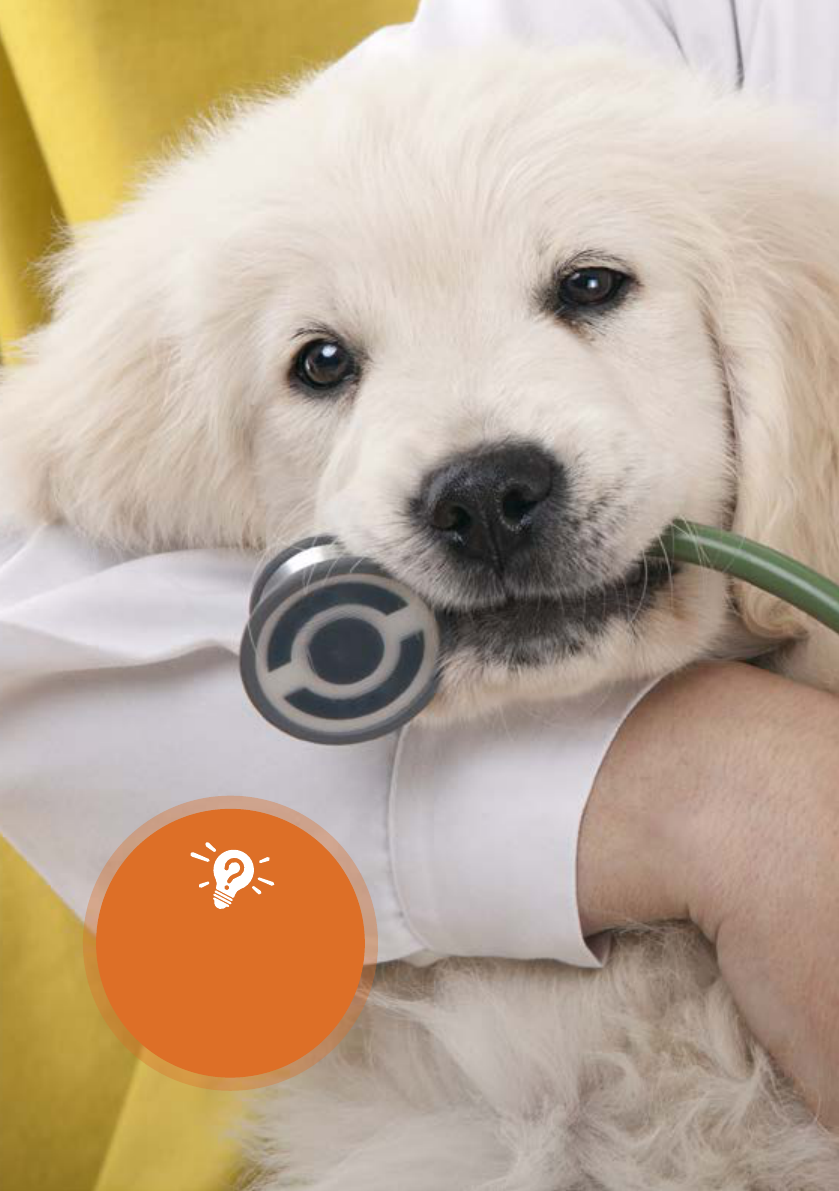
Did you know…
Dogs only sweat from
their paws
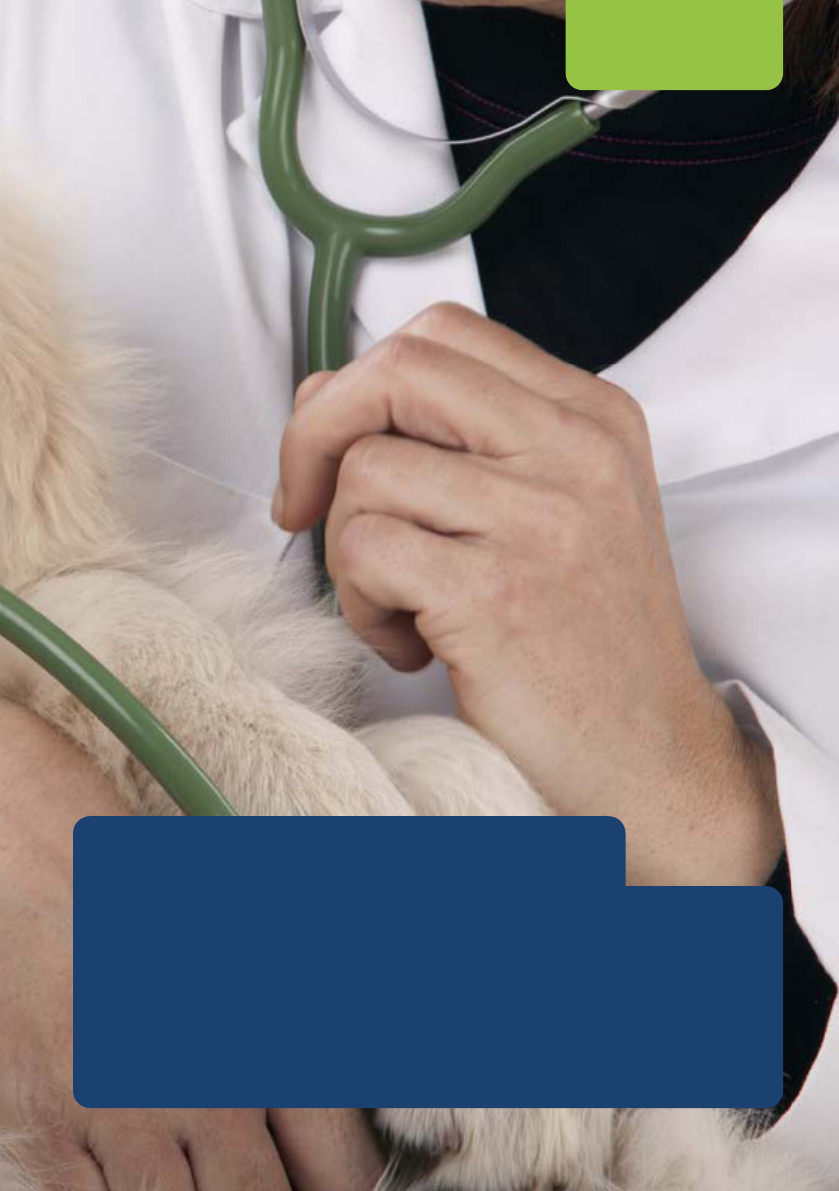
Health
Vet health checks
Your vet can help by providing vital preventive
healthcare, as well as giving you essential advice on
their weight, nutrition, neutering, dental care and
behaviour. As your puppy progresses through life,
regular vet visits are essential for their well-being.
21

Vaccinations
Vaccinating your puppy is one of the most
important things you should do as a dog
owner. All dogs need to be vaccinated to
protect them from dangerous, preventable
diseases like canine distemper virus,
adenovirus, and parvovirus.
The vaccination process starts at six
to eight weeks, with a course of three
injections. After this, your dog will receive
a vaccination one year after their third
puppy vaccination.
Vaccination schedule:
First vaccination - six-eight weeks old
Second vaccination - 10-12 weeks old
Final puppy vaccination - 12-14 weeks old
Neutering
Neutering is a safe and routine procedure,
and your vet can advise you on the
process and the recovery. This procedure
is optional; however, it is a prevention of
unwanted litters and has many health and
behavioural benefits for both female and
male dogs. Generally, it is recommended
to neuter your puppy around five to six
months old, before they hit puberty.
Microchipping
Microchipping is the most effective form
of routine identity protection. It is a safe
procedure where a tiny chip - the size of
a grain of rice - is implanted under your
puppy’s skin. The chip can be scanned at
vet clinics and animal shelters to identify
your pet. If your dog is lost or stolen, it
can be quickly reunited with you via the
national database. Remember to keep
your contact details up to date!
Worming
Every puppy has a burden of worms,
often passed from its mother through
the milk or placenta. Roundworms are
the main problem for puppies due to
the dangers they pose for people and
animal health.
Make sure your puppy is wormed
every two weeks up to 12 weeks old
with a good-quality wormer from your
vet. After 12 weeks, many vets
recommend monthly worming until your
puppy is six months old, before adopting
the usual adult regime of a treatment
every three months.
Fleas
It is vital to treat your puppy for fleas. Fleas
may be tiny, but they can cause problems,
especially for young puppies and can take
over your home and garden.
To ensure that your puppy is flea-free,
your vet can advise the most appropriate
treatment and ongoing preventative
product. These can be in the form of ‘spot
on’ or ‘topical’ treatments applied directly
to the skin or an oral tablet treatment.
Breed Specic Conditions
BOAS stands for Brachycephalic Obstructive
Airway Syndrome which is common in
certain breeds of dogs such as Boxer,
Boston Terrier, bulldog and Chow
Chows. Essentially, it is a condition that
compromises the air movement in the
mouth, nose and windpipe.
BOAS affects an animal’s ability to exercise,
sleep, play and eat.
22
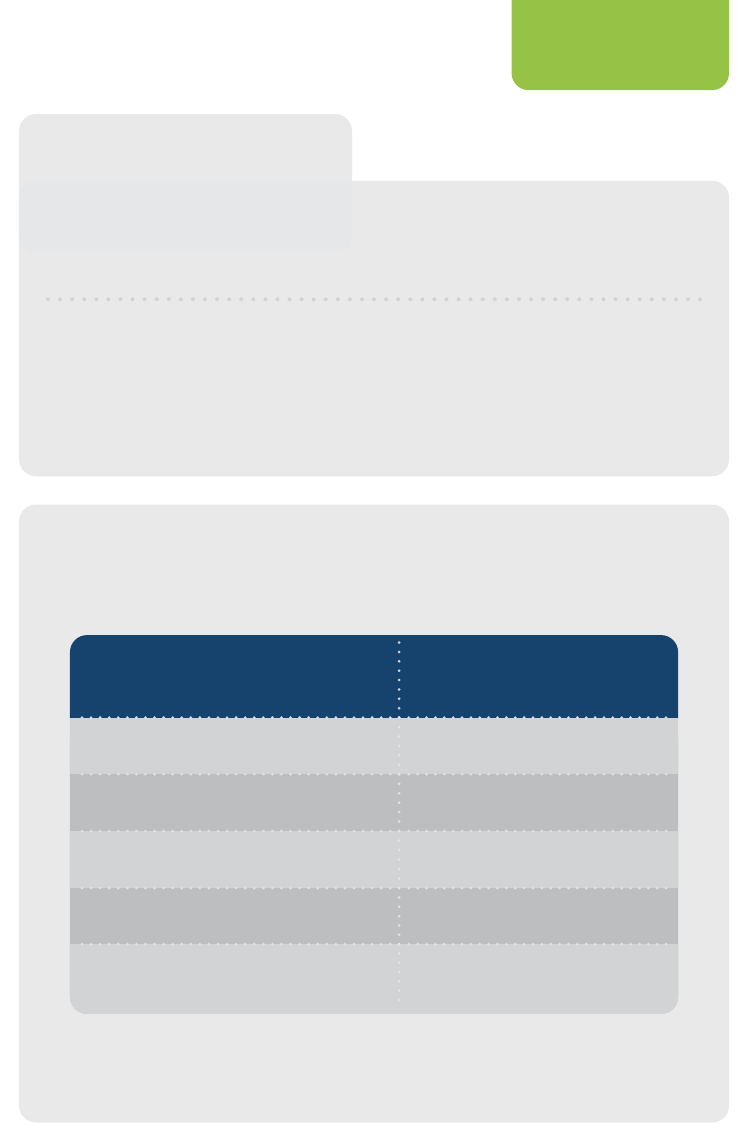
Insurance
No matter how careful you are, your puppy can still
become ill or injured.
* The amounts shown are an example only and are based on Petcover Group Data. Claimable amounts
vary depending on selected cover and are subject to the policy terms and conditions.
Pet insurance gives pet parents peace of mind by taking the financial worry out
of having a dog. It allows you the freedom to choose the right treatment based
on the best medical options available. For information on dog insurance options
available or to get a quote, please call us on 1300 731 324, or visit our website
www.petcovergroup.com.au/au or email info.au@petcovergroup.com.
Common injuries and diseases
Here are the top ve claimed injuries and diseases for dogs:
Health
Condition Petcover paid*
Digesve problems $13,204
Lymphosarcoma (cancer) $12,827
Poisoning $12,734
Hip dysplasia $12,082
Foreign body ingeson $12,071
23
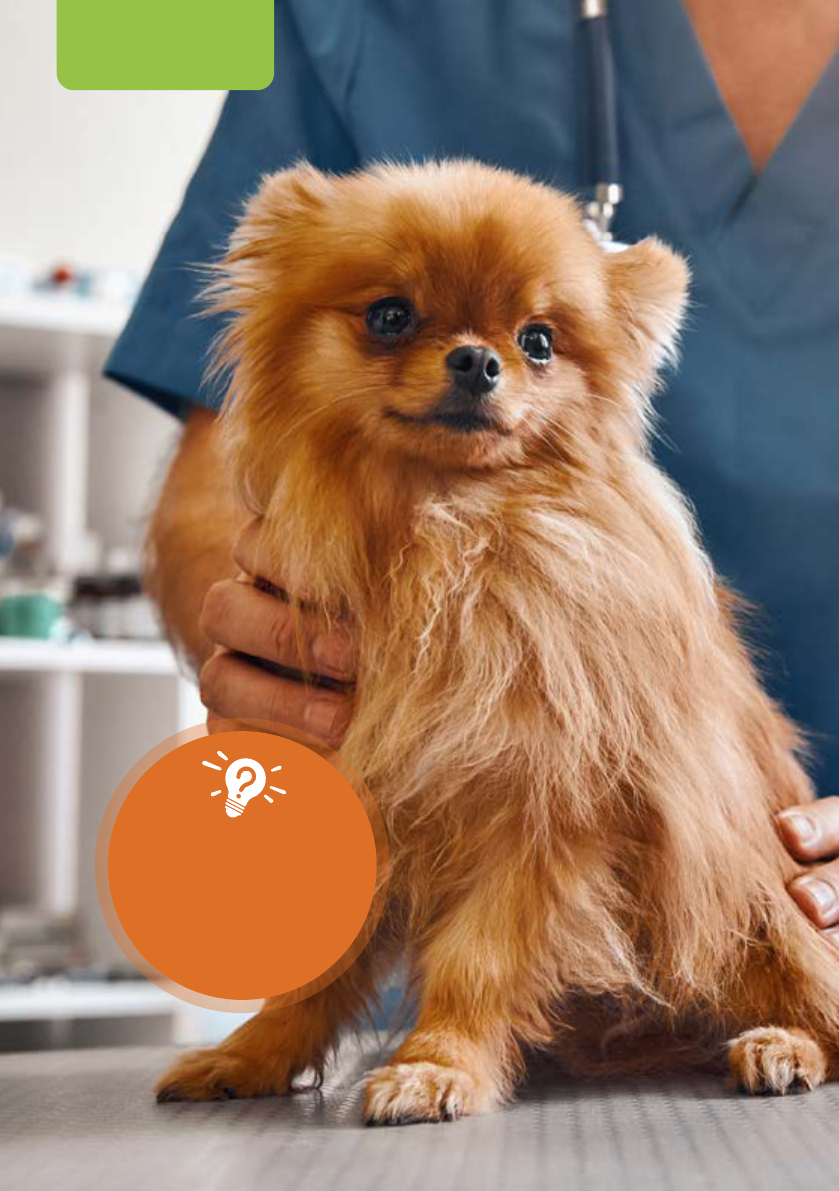
Health
Did you know…
Puppies grow to half their
body weight in the first
four to five months.
24
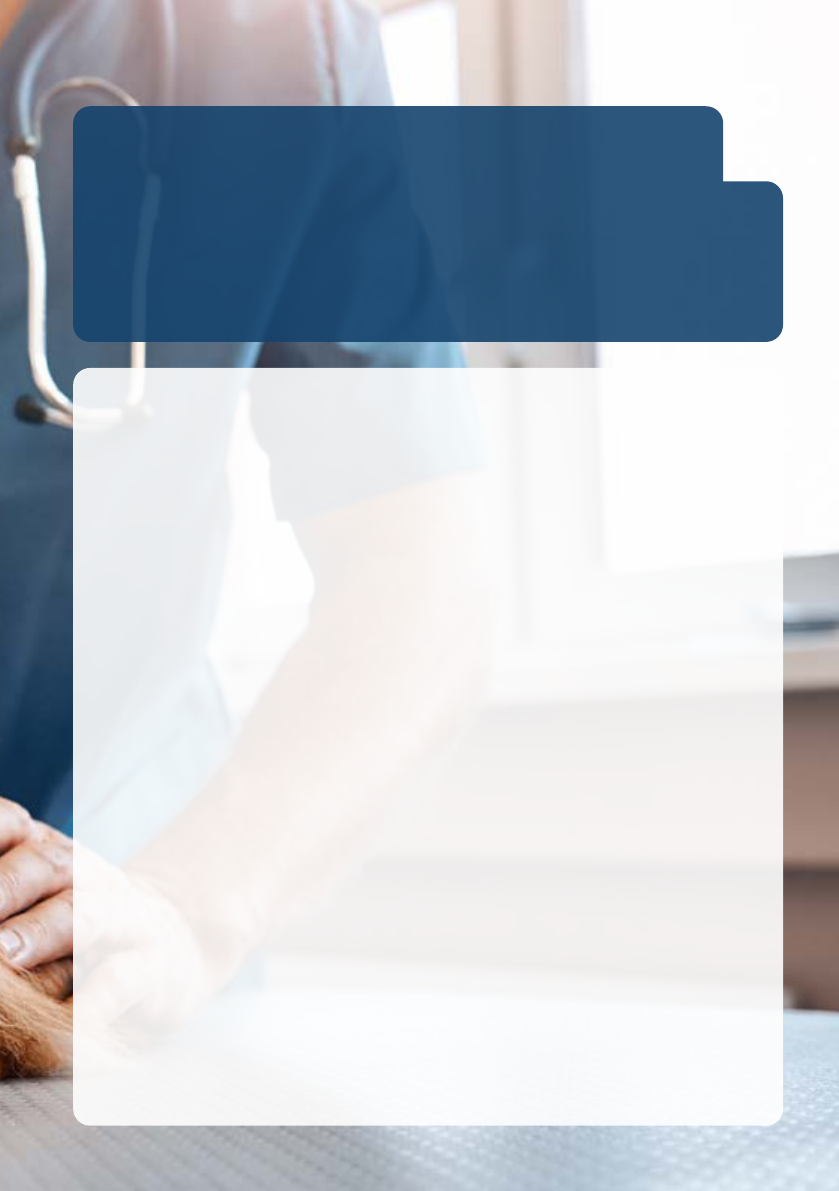
Regular health checks
There are simple health checks you can do with your
puppy at home. Giving your puppy regular health
checks will help it nd vet examinations less stressful.
Posture
A healthy puppy will hold its head high,
its tail down and move freely. Watch for
stiness or hunching.
Weight
You should be able to feel your dog’s
ribs, but they should not protrude.
If you are unsure, check your breed’s
ideal weight with your vet.
Tail
Signs of an unhealthy tail include odd
tail movement or the puppy may hold
the tail down. Problems can be due
to skin wounds, such as bites, muscle
tearing from an accident, back problems,
or weakness from neuromuscular or
metabolic disease.
Eyes
Check for excessive tear production, a
thick discharge, redness, a dierence in
blinking, closed eyelids or any swelling.
Ears
The outer ear canal should be clean with
a pale pink lining. A little wax is normal.
Signs of infection include an o-white
discharge or an oensive smell.
Paws
If your puppy has an injured paw, it
may show pain or distress by avoiding
walking on it. Gently examine it for
open wounds, redness, or objects such
as thorns or splinters, and take your
puppy to the vet if it appears injured.
Coat and skin
Run your hands over the body to
check for any lumps, bumps, wounds
or scabs. Also, check for eas and ticks,
especially in summer.
Teeth and gums
Your puppy’s baby teeth should be pearly
white (and sharp!). Puppies are teething
from three to seven months of age, and
their gums may be red and swollen.
25
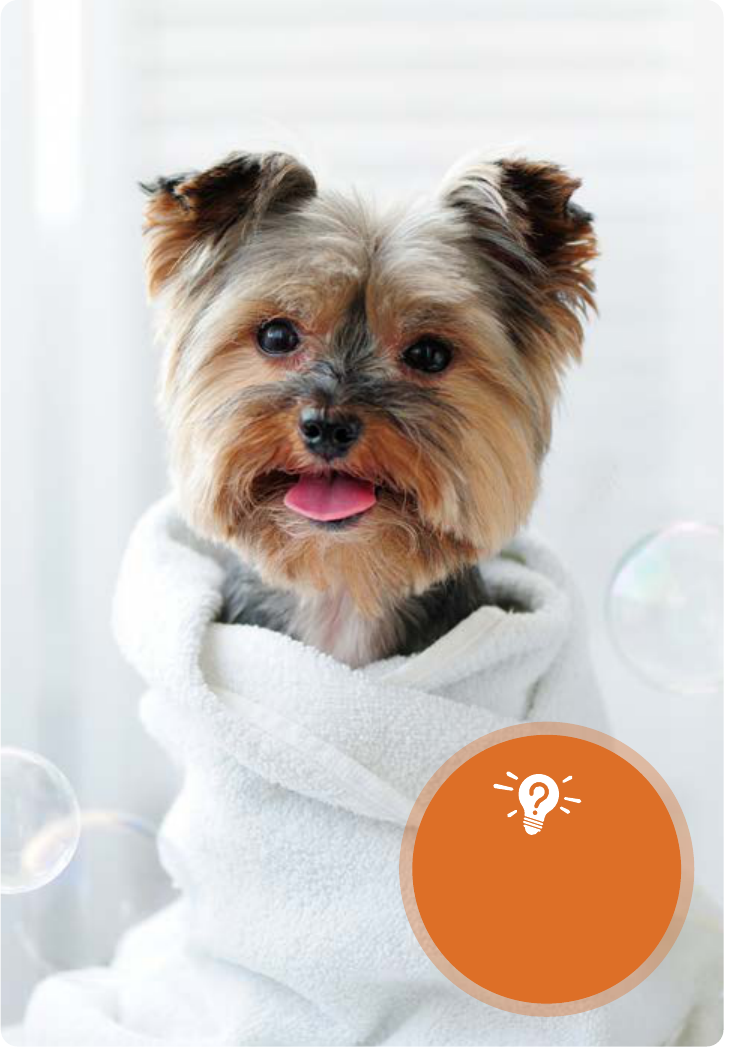
Did you know…
Dogs have twice as many
ear muscles as humans.
26
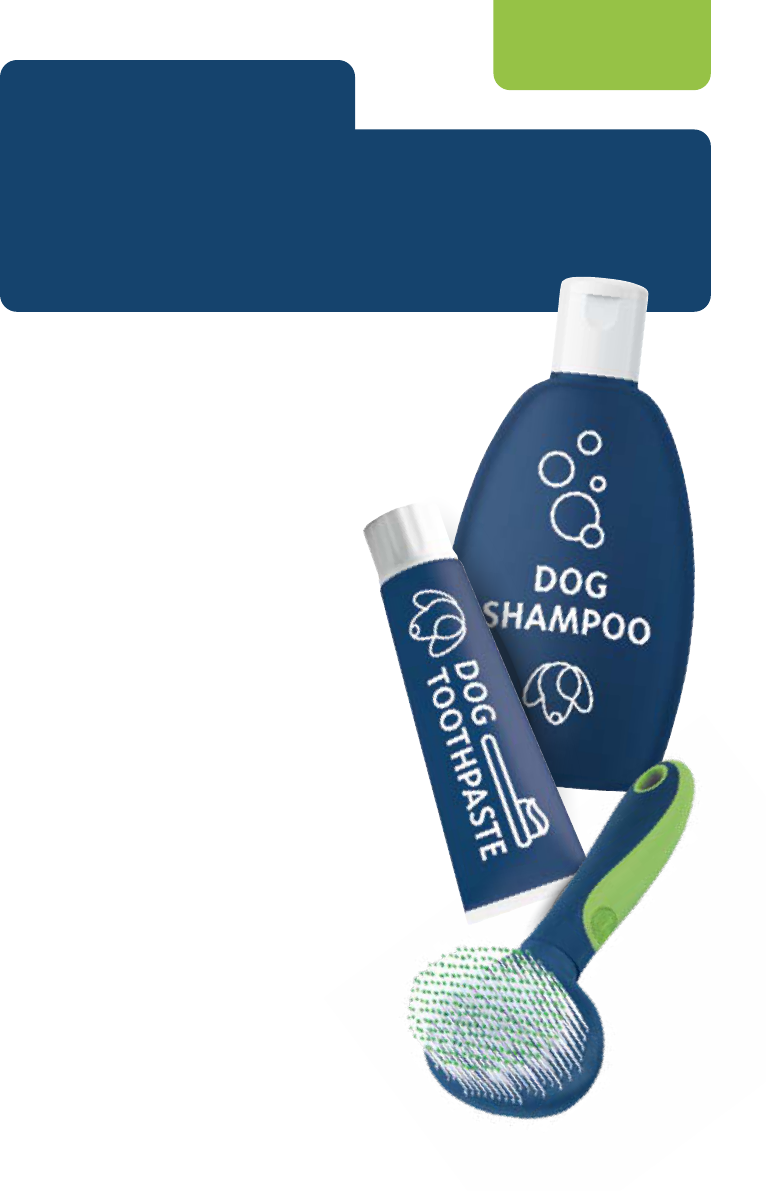
Caring
Grooming
Taking responsibility and care for a puppy means
regular grooming to ensure a glowing coat and a
fresh smelling puppy. Here are some tips on how
to groom your puppy at home:
Basic grooming
Get a good bristle brush and start slowly
with ve minutes a day, to get your puppy
used to it.
Maintaining a good routine will allow your
puppy to feel comfortable and grow to
love it. Consistent brushing helps reduce
their hair from matting.
Dental care
Looking after their teeth helps prevent
gum disease, which can lead to more
serious issues. Apply doggy toothpaste
regularly and ensure your puppy has an
annual dental check-up with the vet.
Bathing
Regularly bathing your puppy with
shampoo and conditioner will benet
their overall health and wellbeing.
Professional groomers are recommended,
especially for non-shedding dogs that
require regular coat care. Talk to your vet
for advice about local groomers available.
Always reward good behaviour and give
positive armations to train your puppy
to become less stressed with grooming.
27

What do I do if my puppy eats
something it shouldn’t?
Your puppy will be curious and want
to eat everything and anything, from
toys to human food. Your puppy should
only be eating the food you are feeding
them. If you think your puppy has eaten
something wrong, seek veterinary
assistance immediately.
Have you considered getting dog
insurance to protect your pet from any
unexpected vet emergencies?
Why do dogs bark?
Dogs use barking as a defensive tactic
to alert there is danger or as a form of
play and to show excitement. Regular
barking can be due to many factors
like fear, anxiety, or boredom. To break
an unwanted barking habit, you will
need to look for the cause and work
on breaking the habit.
For example, if your dog barks at people
walking past your fence, try to keep them
inside where they can see out or use a
leash and stay far from the fence. Use
treats or positive armation to reward
good behaviour.
How to teach my puppy
not to bite?
Young puppies love to bite, especially
when playing and during their teething
stage. It’s up to you to teach your
puppy what is acceptable and what is
not. Remember to be consistent with
your training. Don’t let your puppy bite
sometimes. Otherwise, they’ll receive
mixed messages.
Allowing your puppy to socialise with
other puppies and dogs at a young age
will help them learn good manners and
self-control. The reactions from other
puppies and dogs will let them know if
they are too rough. Don’t be too worried,
as it is a natural process, and the puppy
must experience this for themselves.
How much should my
puppy sleep?
Puppies tire easily, so make sure that the
puppy has a little haven for them to rest
or sleep. A crate or puppy pen is ideal for
this purpose. Leaving them in the pen
or crate from time to time can also help
them get used to being alone and not
develop separation problems.
FAQ
28

How do you stop a puppy
jumping on people?
From an early age, start teaching your
puppy that it is not okay to jump up on
people. As well as being annoying, this
action can be dangerous, particularly with
small children or the elderly. When your
puppy is jumping up on you, gently turn
your back against them to avoid giving
them any attention. Only reward them
when they are calm and sitting. Ensure
that everyone in the household and any
guests stick to this method so that the
puppy will learn it is unacceptable.
Did you know…
Pet insurance receives
the most claims out of any
other insurance. We alone
process, on average, over
35,000 claims a year.
29

From your poodle to your Pomeranian, our wide range of dog and puppy insurance
is for everyone. To get a quote, please call us on 1300 731 324, or visit our website
www.petcovergroup.com/au or email info.au@petcovergroup.com.
As pet parents ourselves, we know a new
puppy can be a fun and rewarding experience.
At Petcover, we give pet parents peace of mind by
taking the nancial worry out of having a puppy. Our
plans are designed to cover the unexpected so you
can aord the care your pet deserves.
Petcover specialises in pet insurance which aims to help more of our nation’s pets
through illnesses and accidents each year. Our mission is to oer fast claim processing,
outstanding customer service and comprehensive pet insurance plans. Have peace
of mind knowing your puppy is protected from any unforeseen circumstances.

Notes

Notes

Notes
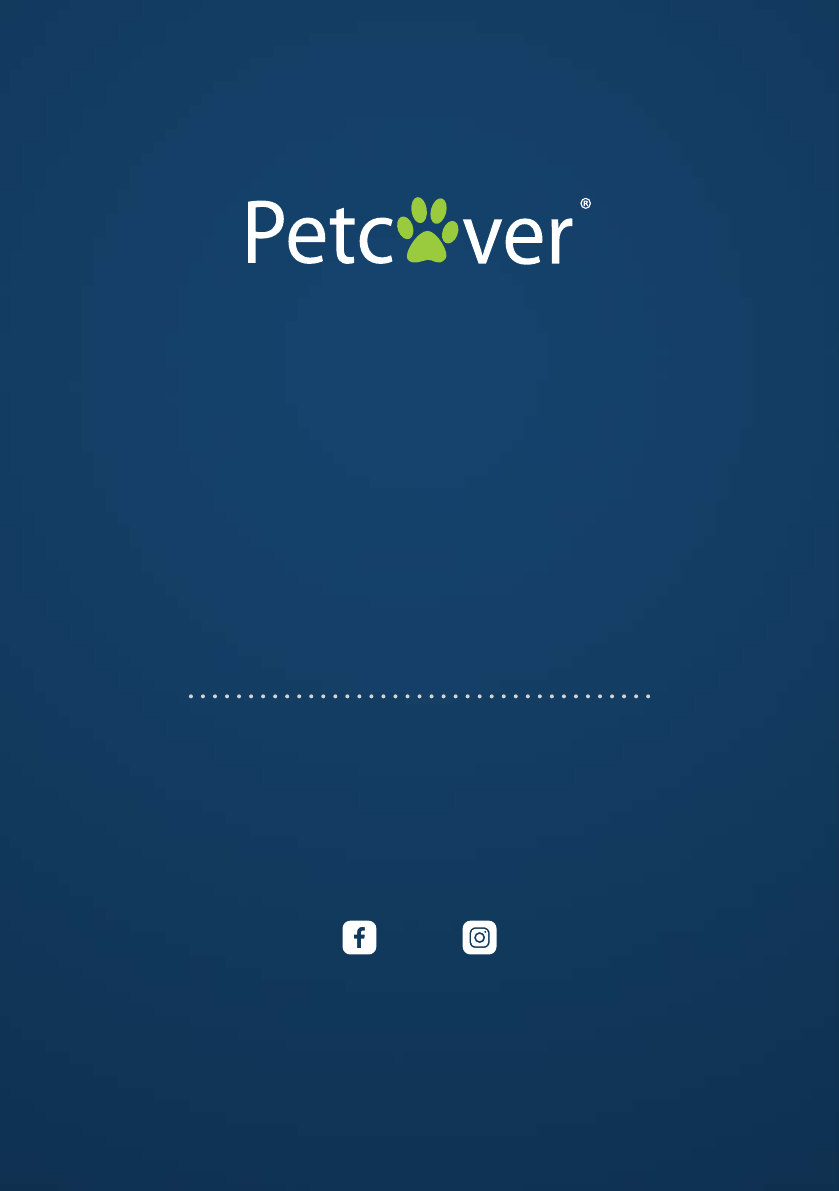
At Petcover, we are as dedicated to pet
insurance as a dog is to a tennis ball.
Our mission is to oer comprehensive pet
insurance plans, fast claim processing, and
outstanding customer service.
Pet insurance is all we do,
and we do it best.
1300 731 324 | petcovergroup.com/au | info.au@petcovergroup.com
Petcover Aust Pty Ltd | 1-3 Smolic Court | Tullamarine 3043 | Victoria
Petcover® is a registered trademark, and products sold under this trademark
in Australia are sold exclusively by Petcover Aust Pty Ltd.
PCAU-PuppyGuide-V202109
@Petcover@PetcoverAU
